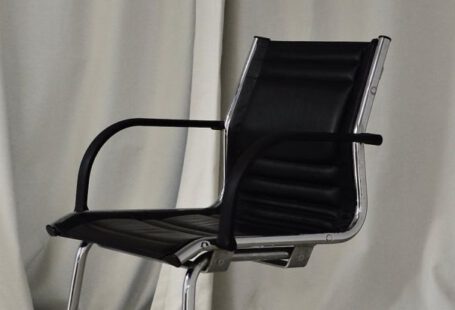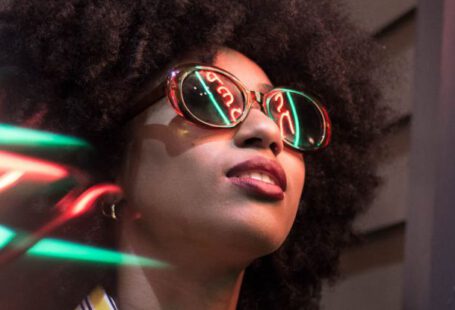Sunglasses are a staple accessory for many, providing both style and protection from the sun’s harsh rays. However, not all sunglasses are created equal when it comes to protecting your eyes from harmful ultraviolet (UV) rays. To ensure that your sunglasses are providing adequate UV protection, there are a few key factors to consider.
Understanding UV Protection Levels
When it comes to sunglasses, UV protection is crucial for safeguarding your eyes from the damaging effects of UV radiation. UV rays are invisible rays emitted by the sun that can cause a range of eye conditions, including cataracts, macular degeneration, and even skin cancer around the eyes. To determine if your sunglasses offer adequate UV protection, it’s essential to understand the different levels of protection available.
Look for 100% UV Protection
One of the easiest ways to tell if your sunglasses provide adequate UV protection is to check if they offer 100% UV protection. This means that the lenses block both UVA and UVB rays, the two types of UV radiation that are most harmful to your eyes. When shopping for sunglasses, look for labels or stickers that indicate 100% UV protection or UV 400 protection, which means the lenses block all rays up to 400 nanometers.
Polarized Lenses for Glare Reduction
In addition to UV protection, polarized lenses can help reduce glare from reflective surfaces such as water, snow, and pavement. While polarized lenses do not necessarily offer additional UV protection, they can improve visual comfort and clarity, especially in bright outdoor settings. If your sunglasses have polarized lenses, they can enhance your overall eye protection by reducing eye strain and improving visibility in harsh lighting conditions.
Consider Lens Color and Quality
The color and quality of your sunglasses’ lenses can also play a role in their UV protection capabilities. Darker lenses do not necessarily equate to better UV protection; instead, look for lenses that offer uniform tinting and block 100% of UV rays. High-quality lenses made from materials like polycarbonate or Trivex are more durable and resistant to impact, ensuring long-lasting protection for your eyes.
Check for Proper Fit and Coverage
Even the most UV-protective lenses are only effective if your sunglasses fit properly and provide adequate coverage for your eyes. Sunglasses that sit too close to your face or allow light to filter in from the sides can reduce their protective capabilities. To ensure optimal protection, choose sunglasses that fit snugly on your face without pinching or slipping and offer sufficient coverage for your eyes and the surrounding skin.
Regularly Replace Old or Damaged Sunglasses
Over time, sunglasses can become scratched, warped, or damaged, compromising their UV protection abilities. To maintain optimal eye protection, it’s essential to replace your sunglasses regularly, especially if you notice signs of wear and tear. As a general rule, consider replacing your sunglasses every two years or sooner if they show visible damage or no longer fit properly.
Conclusion: Protect Your Eyes with Proper Sunglasses
Ensuring that your sunglasses provide adequate UV protection is essential for safeguarding your eyes from the sun’s harmful rays. By choosing sunglasses with 100% UV protection, polarized lenses, high-quality materials, proper fit, and coverage, you can enjoy both style and eye protection in the sun. Remember to regularly replace old or damaged sunglasses to maintain optimal UV protection and keep your eyes safe and healthy for years to come.





